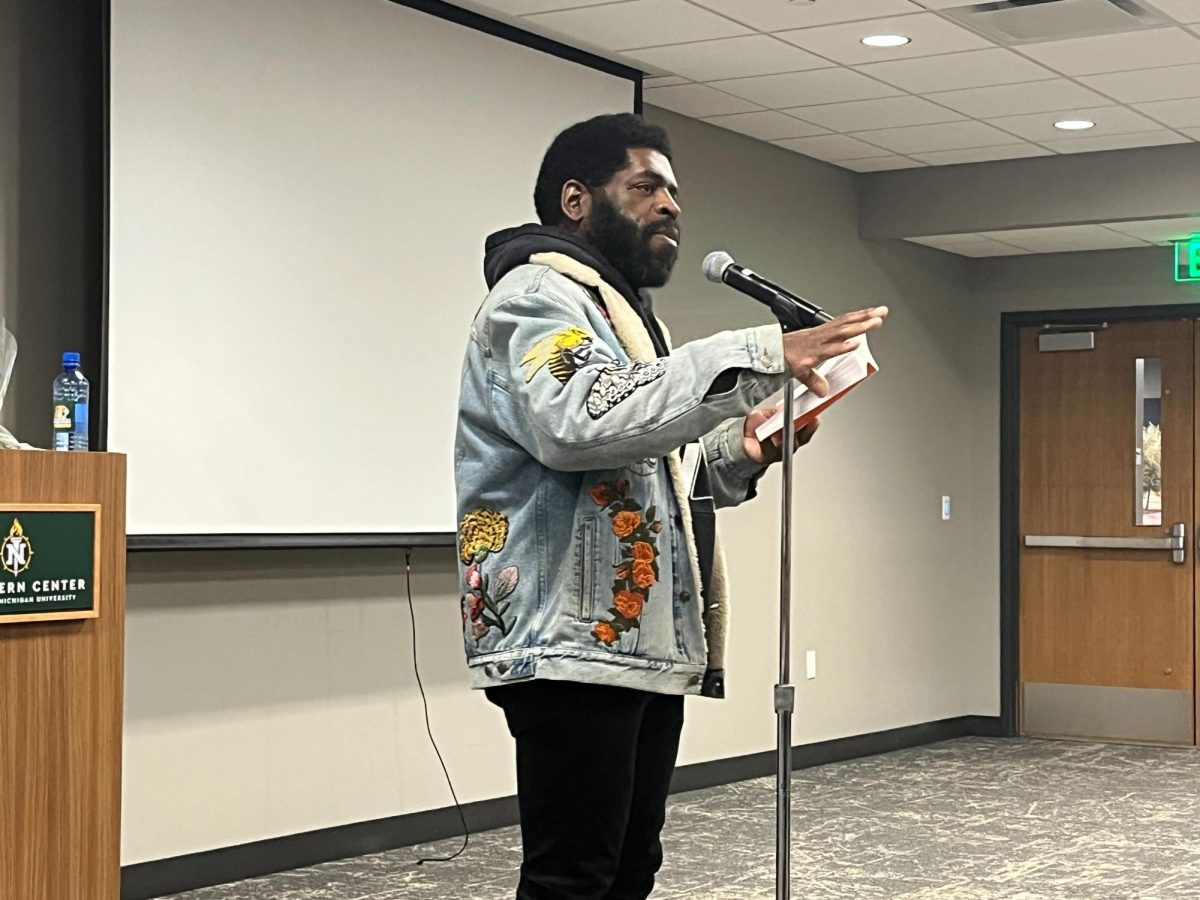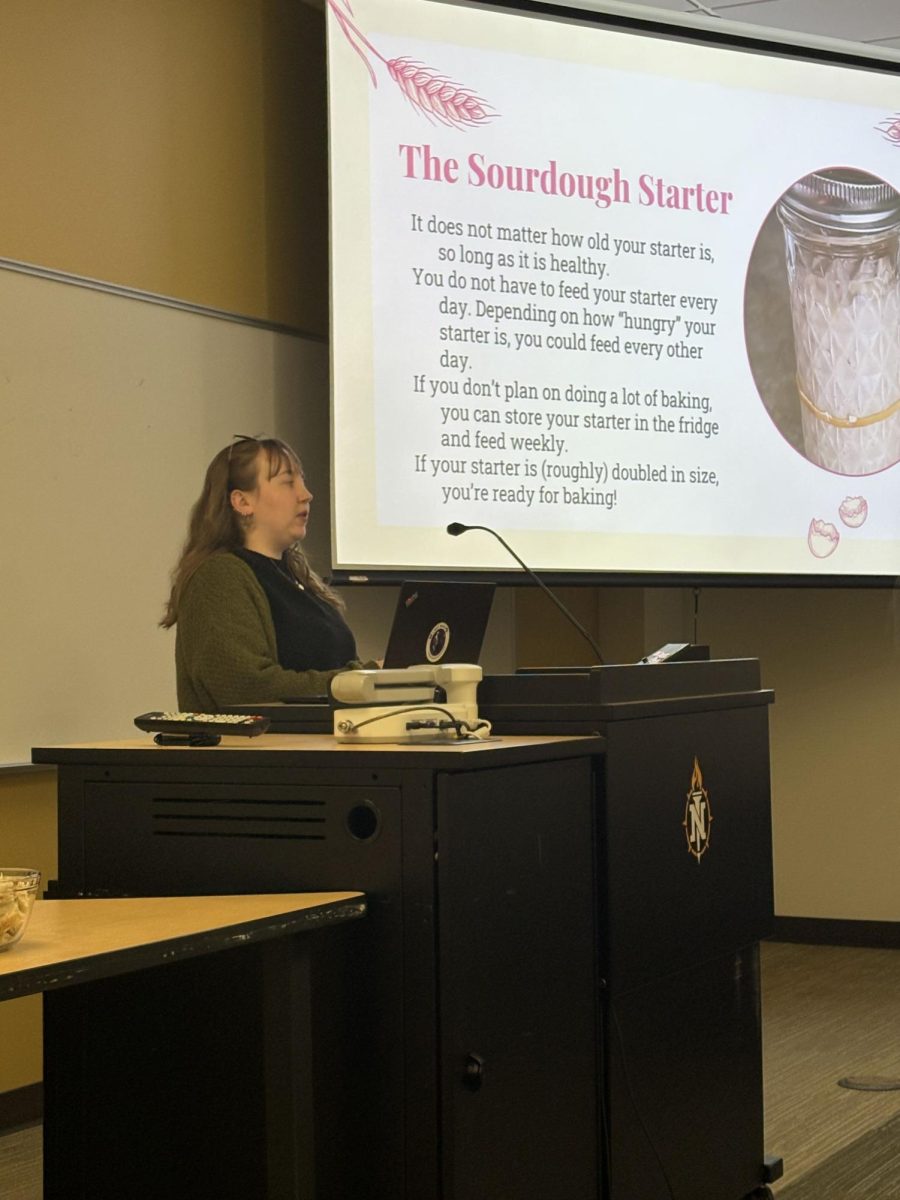After another session of partisan brinkmanship, Congress failed to pass a deficit reduction plan, thus triggering $1.5 trillion in federal budget cuts over the next 10 years: this is being referred to as “the sequester.”
The far-reaching effect of Congress’s inaction has consequences — some dire, such as cuts to Medicare and Title IV education funds utilized by low-income families, and some which are yet undetermined.
There are two main factors to consider when assessing the impact of these widespread federal budget cuts on NMU: (1) how they affect financial aid and (2) how they affect funds obtained through grants used for research and development on campus.
Fortunately, Pell Grants are exempt from the budget cuts for the 2013 fiscal year, which means those students who receive Pell Grants (usually undergraduate students who demonstrate financial need) will be unaffected by the sequester.
However, it is uncertain how much funding will be cut in 2014.
Michael Rotundo, Director of the NMU Financial Aid Office, is optimistic and from the figures he has seen from the National Association of Student Financial Aid Administrators (NASFAA), he expects minor impacts to federal student aid for the Fall 2013 semester.
“Overall, the projected impact looks to be pretty minimal here at NMU, Rotundo said. “The Pell Grant is safe and will not be affected for the 2013-14 school year. In fact, the maximum award for the neediest students will be going up from $5,550 to $5,645 for the 2013-14 year.
“The question is if there is a 5.1 percent cut [in the federal budget], what would be the impact on our school? We’re going to see very little negative impact.”
While other Michigan universities such as Saginaw Valley State University, Central Michigan University and Oakland University are projected to have $8,036, $73,079 and $38,656 cut from their work study funding, NMU’s work study funding will remain unharmed.
Students who will be receiving federal loans will note changes in interest rates and fees.
The Direct Loan fees will be increased from 1 to 1.053 percent; the Parent PLUS loan rate will go up from 4 to 4.212 percent; and, pending Congress’s decision before Monday, July 1, Subsidized Loan rates could rise beyond the current 3.4 percent rate.
Because of the abruptness of the sequester cuts, there are no concrete answers but only projected-impact reports and estimates.
While it appears NMU students may not be hurt financially like other university students across the nation, there ought to be concern about reduced funding NMU receives through federal grants.
Erica Franich, director of NMU Grants and Contracts, believes because NMU is a smaller university, the 5.1-percent reduction in federal funds used for grants will not affect Northern like it will other larger research-oriented universities, such as Michigan State University and University of Michigan.
“NMU currently has a number of externally funded projects, which spread across the discipline board in humanities, professional development and various sciences. While we do have awards in the $100,000 and up ranges, the majority of current projects are working on awards in sizes rather smaller than that. Those types of current awards, at this point, have not been threatened,” Franich said.
The National Science Foundation (NSF) and National Institute of Health (NIH) estimate a loss of $12 billion dollars, translating to 1,000 fewer grants that can be awarded annually.
Increased competition among universities — not only in Michigan but nationally — will make it harder to acquire funding.
NMU has three strengths that will allow the university to have an upper hand when it comes to obtaining funding according to Franich.
“We have new creative faculty with interest in developing scholarship and research coming in to Northern,” Franich said, “who work together to come up with interdepartmental projects; new staff in the Grants and Research office who are working to offer more support for faculty members; and new partnerships available locally, such as working with [health professionals] at the Duke-Lifepoint Hospital.”
The biggest impact the sequester may have on students and faculty at NMU is the hit to funding available for the McNair Scholars Program and pending grant submissions, as well as federal flow through funds — funds the federal government allots for the states to award — which are primary sources of funding for the Devos Art Museum, Forest Roberts Theatre and Beaumier Heritage Center.
While there are no funding cuts for the NMU McNair Scholars Program in 2013, Heather Pickett, director of the McNair Scholars Program, expressed concern for future funding, which may result in reduced opportunities for students to travel to conferences and a cutback of hours for the coordinator position in the McNair Scholars’ office.
“The students [in the McNair Scholars Program] will suffer. We will provide the best service we can, but our services will be diminished,” Pickett said.
While Congress has until Wednesday, March 27 (before the Continuing Appropriations Resolution expires) to repeal the sequester cuts, it appears these reductions in federal spending are here to stay.
Students should think about how they are going to pay for college, not just for next year but for the remainder of their college career.
With interest rates to potentially climb, college may be getting even more expensive in the long run. Luckily, small universities are not feeling the crippling effects of these budget cuts.
That does not mean students on campus won’t feel the wrath of Sequester cuts.
Popular programs such as the Army’s tuition assistance program which could cost Army Reserve soldiers up to $4,500 annually.
Due to the harsh cuts, the Army decided tuition assistance would be a logical cut to make within the defense budget without compromising national security.
It is disheartening to think intellectual development will suffer in the United States for the 10-year span of the Sequester cuts.
Intellectual stagnation will hurt our economy while leaving some Americans grasping at straws when trying to obtain a college education.
Finding money to pay for tuition is going to be a struggle future and current college students will face.
It is best to start looking for alternatives in the event the Sequester cuts become permanent.
Even so, students and faculty should prepare for a competitive future regarding funding in higher education. Budget wisely in the coming years.


























